
Despite the relentless efforts of scientists to unravel the mysteries of the brain, it remains the most enigmatic and intriguing organ of the human body. However, in recent years, there have been several groundbreaking advancements in neuroscience that have provided new insights into the intricate workings of the brain and its role in shaping our behavior and experiences. Each of these discoveries has advanced our understanding of the brain and brought us closer to unraveling its complex workings.
Related: Maintain Your Brain: 15 Methods to Improve Brain Function
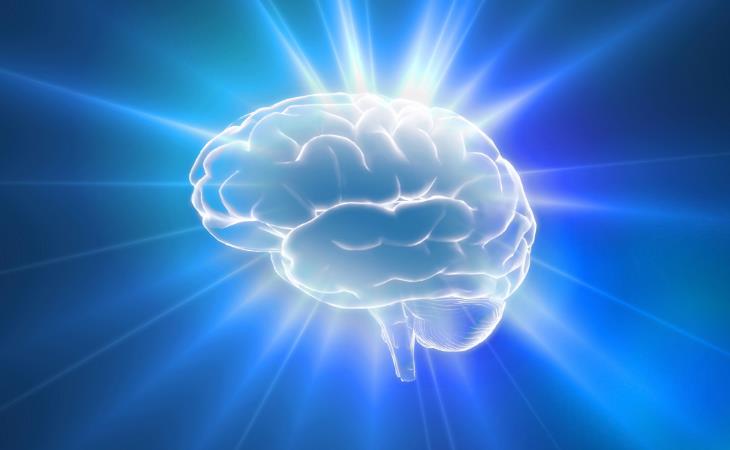
Named after the iconic Lewis Carroll novel, this rare and perplexing condition causes people to misjudge the size of things. Those suffering from this condition may consider themselves to be shrinking or increasing, or they may view nearby things to be the wrong size. Although there are only about 170 reported cases, scientists are still baffled about the cause. However, experts hope to make progress in understanding the condition with a study commencing in 2024. This new study focuses on lesion network mapping and comparing brain scans of people with Alice in Wonderland syndrome (AIWS) to those of healthy people and people with other neuropsychiatric disorders.
Interestingly, researchers noticed that more than 85% of AIWS-affected brains had lesions in two specific brain regions: the visual processing area and the region responsible for size perception.
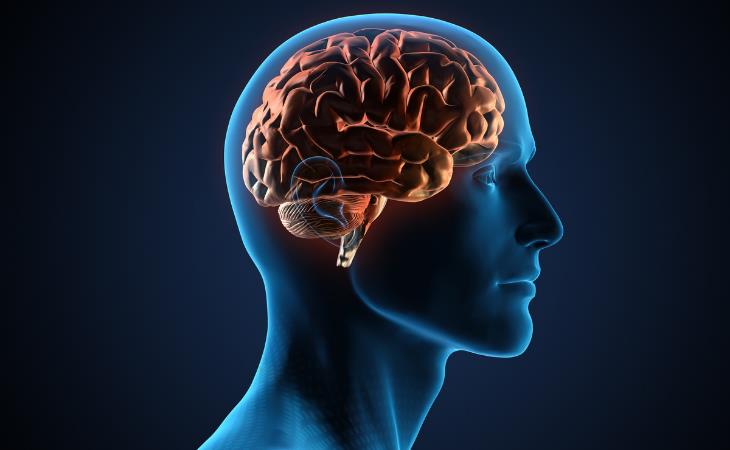
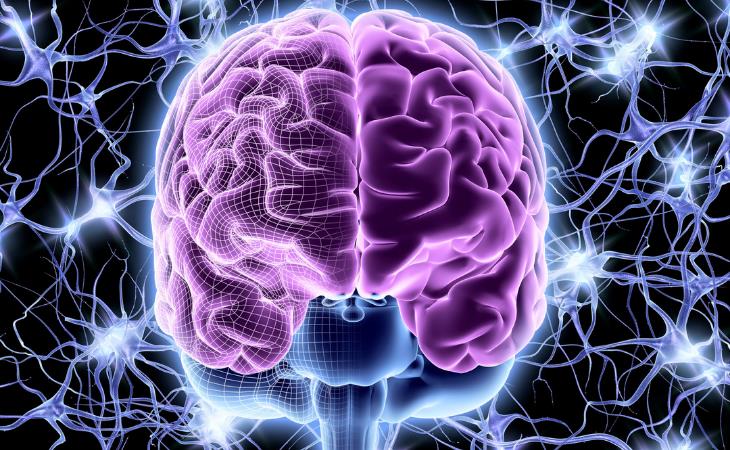
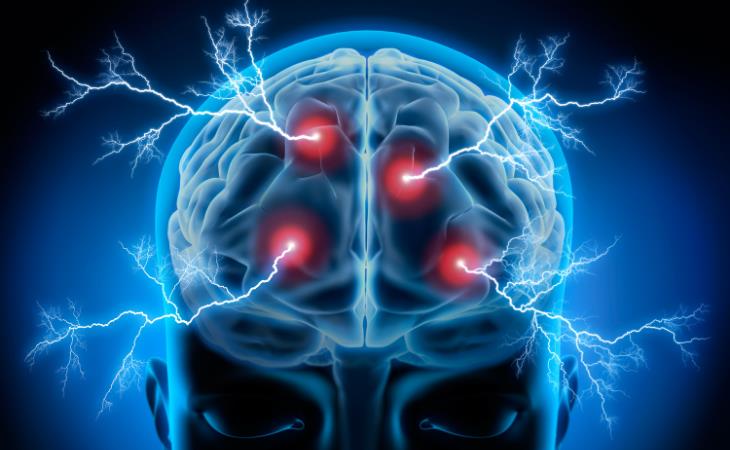
In a groundbreaking surgical feat, doctors corrected a malformed blood vessel in a fetus' brain before birth, ushering in a new era of prenatal care. This rare occurrence, affecting approximately 1 in 60,000 births, usually demands postpartum therapy, sometimes after the window for averting problems has closed. However, in a remarkable turn of events, doctors achieved success in March last year by intervening during pregnancy, offering a glimmer of hope for early intervention and improved outcomes.
Medical experts from Boston Children's Hospital and Brigham and Women's Hospital used ultrasound guidance to correct a vein of what’s known as a Galen malformation, a condition that causes extremely high blood flow and increases the risk of neurologic and cardiac issues. Such complications include heart failure, severe brain injury, and even death shortly after birth.
This groundbreaking surgery was conducted on a 34-week-old fetus. The baby girl, who had previously been identified as being at high risk for serious malformation-related complications during pregnancy, didn't require heart failure medication or additional surgical treatments after birth.
Recent findings suggest a surge in brain activity during the final minutes of life, which may reflect conscious experiences. This surge can sometimes happen after a person has stopped breathing but before the brain has ceased functioning, the research published in the journal PNAS notes. The patterns of brain activity during this period are similar to those observed during wakefulness or dreaming. This has led to speculation that there may be a connection between these patterns and otherworldly experiences reported by those who have had near-death experiences. These experiences may include feelings of detachment from the body, encounters with tunnels and bright lights, or the re-experiencing of significant memories. However, since all the participants in the study eventually passed away, it is impossible to determine whether they actually had such experiences.
Some experts believe this behavior is related to the concept of "moving toward the light" or seeing a "life flashing before one's eyes," which is often shown in films. Others regard it as just "aberrant electrophysiological activity." However, this is still a hypothesis.
Scientists at the University of Texas Southwestern Medical Center have created a device that can keep a pig’s brain alive outside of its body. The technology uses a custom pump to maintain a continuous blood flow to the pig's brain. An advanced algorithm monitors vital metrics like blood pressure, flow rate, and pulse rhythm. Furthermore, the machine can adjust blood supply, mimicking the dynamic dynamics of circulation within the body.
Until now, researchers have kept an isolated pig’s brain alive for five hours with minimal alterations. Their goal is to gain a fresh understanding of the mechanisms of the brain through these experiments. “This novel method enables research that focuses on the brain independent of the body, allowing us to answer physiological questions in a way that has never been done," says Dr. Juan Pascual, one of the lead researchers.
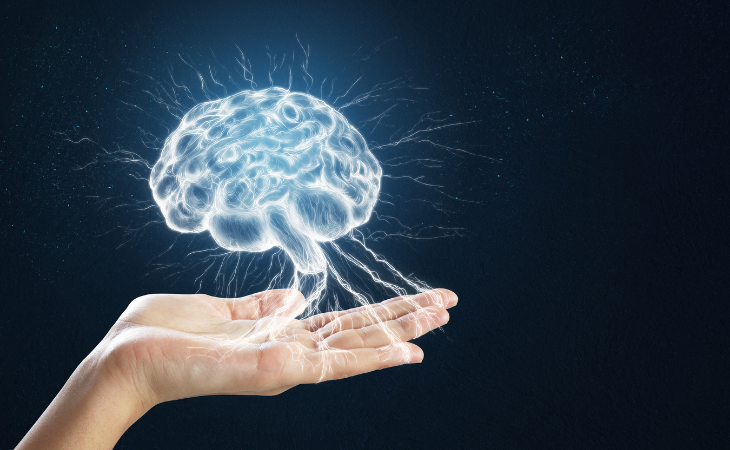
Recently, researchers introduced the most complete map of the human brain to date, illustrating the layout of 3,300 distinct types of brain cells, many of which were previously undiscovered by science. This atlas comprises neurons, responsible for transmitting chemical and electrical signals, as well as non-neuronal cells.
"It's not just an atlas," said Ed Lein, a neuroscientist at the Allen Institute for Brain Science and one of the researchers involved in this study. "It's really opening up a whole new field, where you can now look with extremely high cellular resolution in brains of species where this typically hasn't been possible in the past."
Related: Keep Your Brain Healthy With These Essential Guides
The study was conducted as part of a National Institutes of Health initiative called the Brain Research through Advancing Innovative Neurotechnologies (BRAIN) Initiative Cell Census Network. The project was launched in 2017 with the aim of categorizing the cells found in the brains of mice, humans, and primates other than humans.